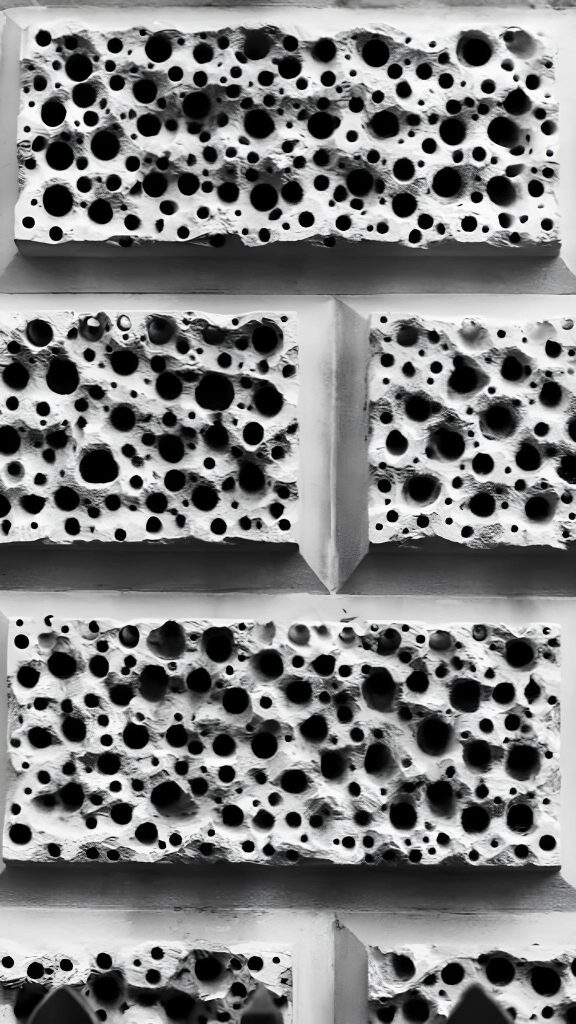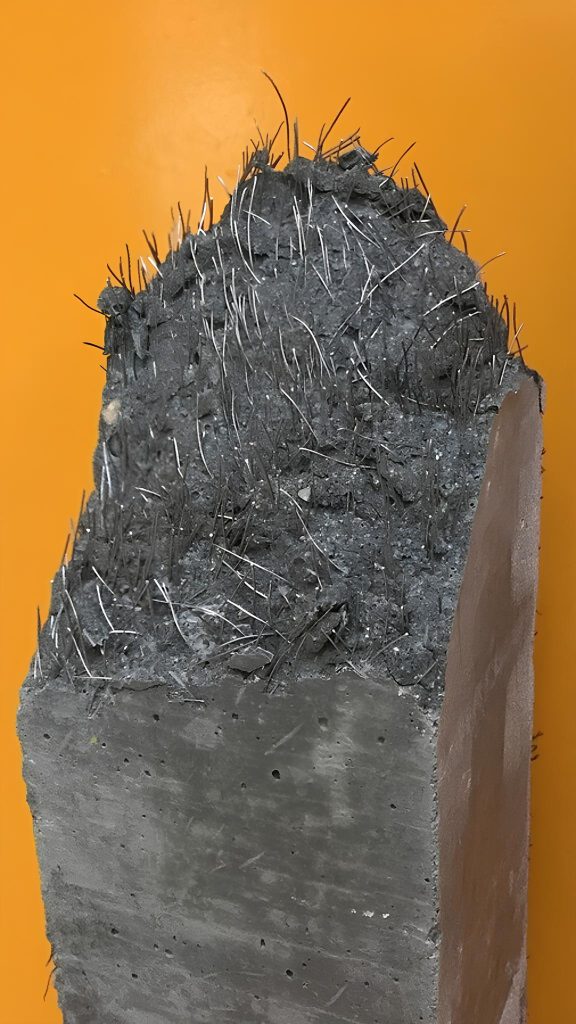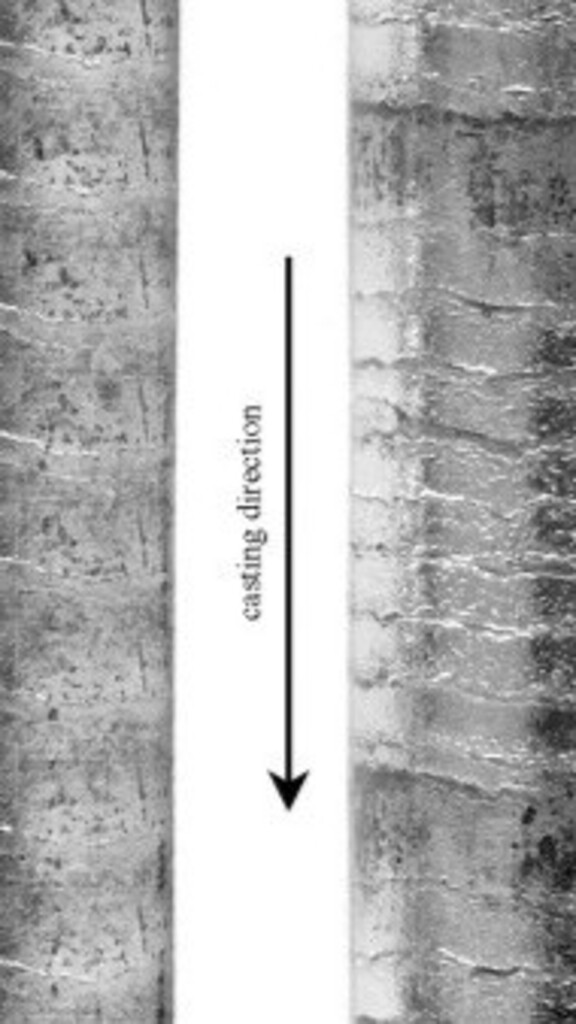Building Safer Futures: How Smart Cement Technologies Are Tackling Seismic Risk
Every earthquake is a stark reminder that our buildings are tested long before they open their doors. In today’s world of climate unpredictability and rising seismic activity, construction is no longer just technical—it’s about responsibility.
As seismic threats become more frequent and less predictable, materials innovation has emerged as the front line of defense. Cement, once seen as a passive component, is now becoming an active protector in structural resilience.
But what are these next-generation cements capable of healing, reinforcing, and extending the life of buildings? How are these innovations reshaping the future of safer, smarter cities?
Let’s explore the materials where science meets seismic resistance, and how these advancements influence the standards for high-quality construction materials around the world.





